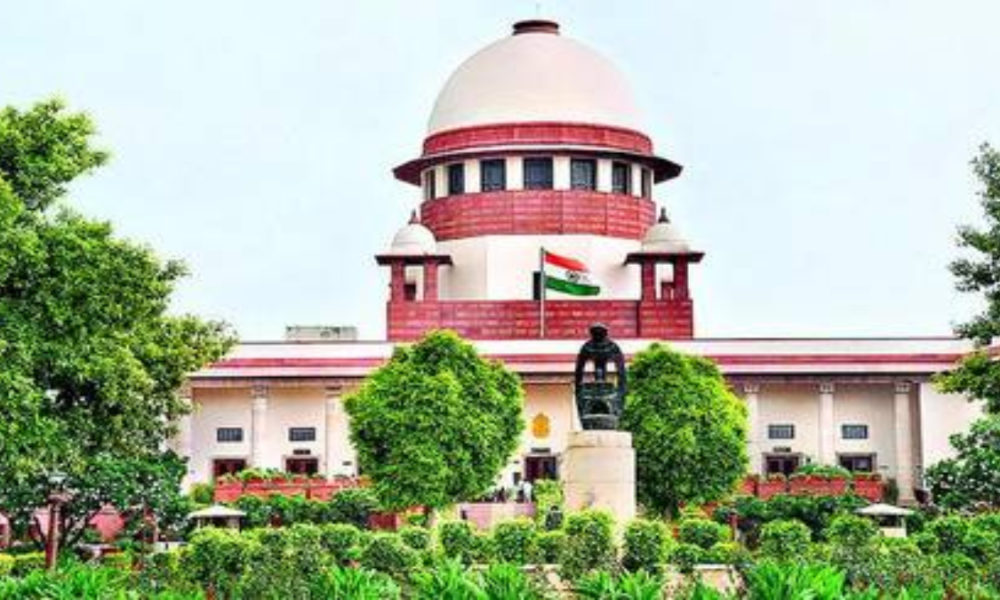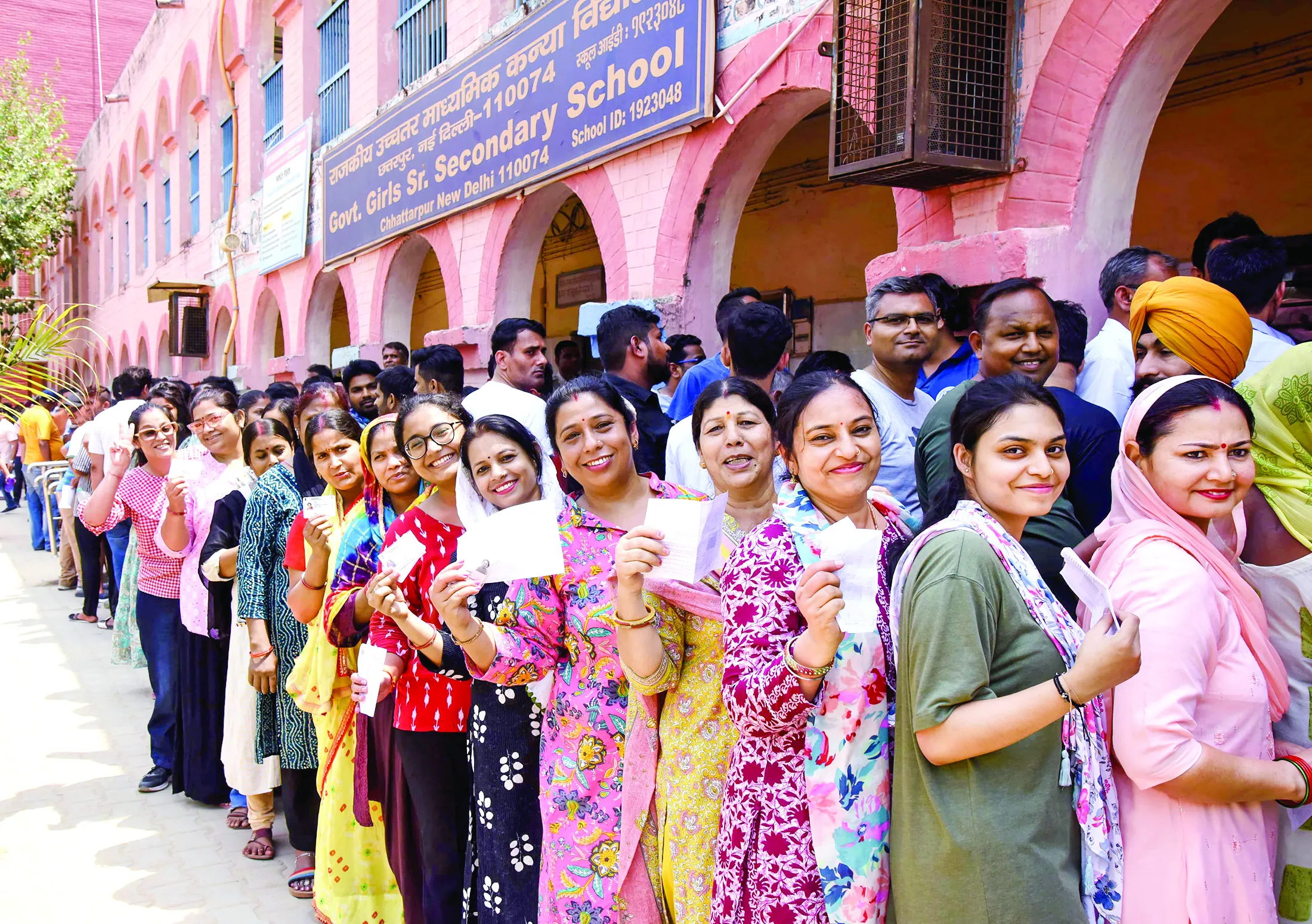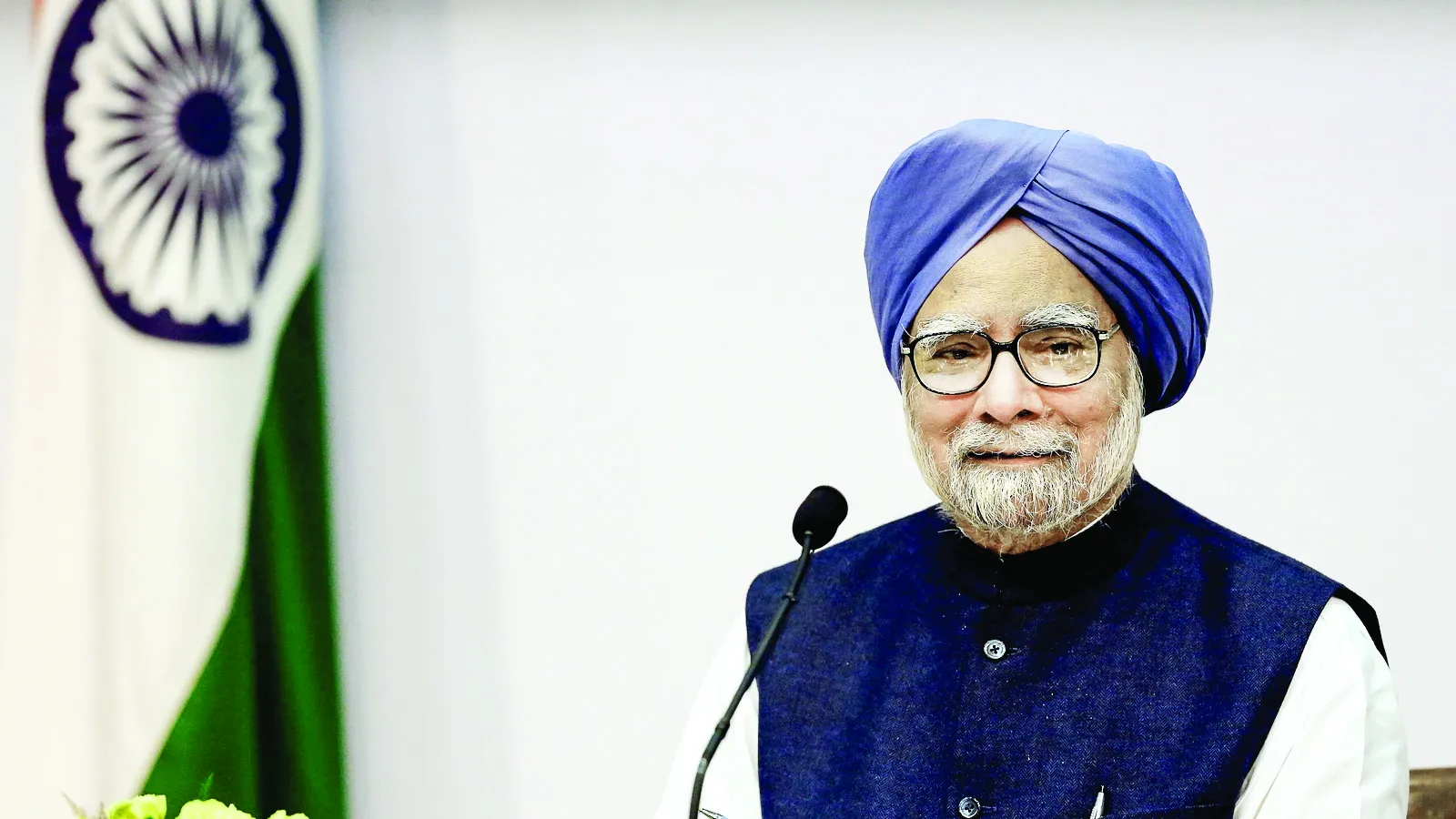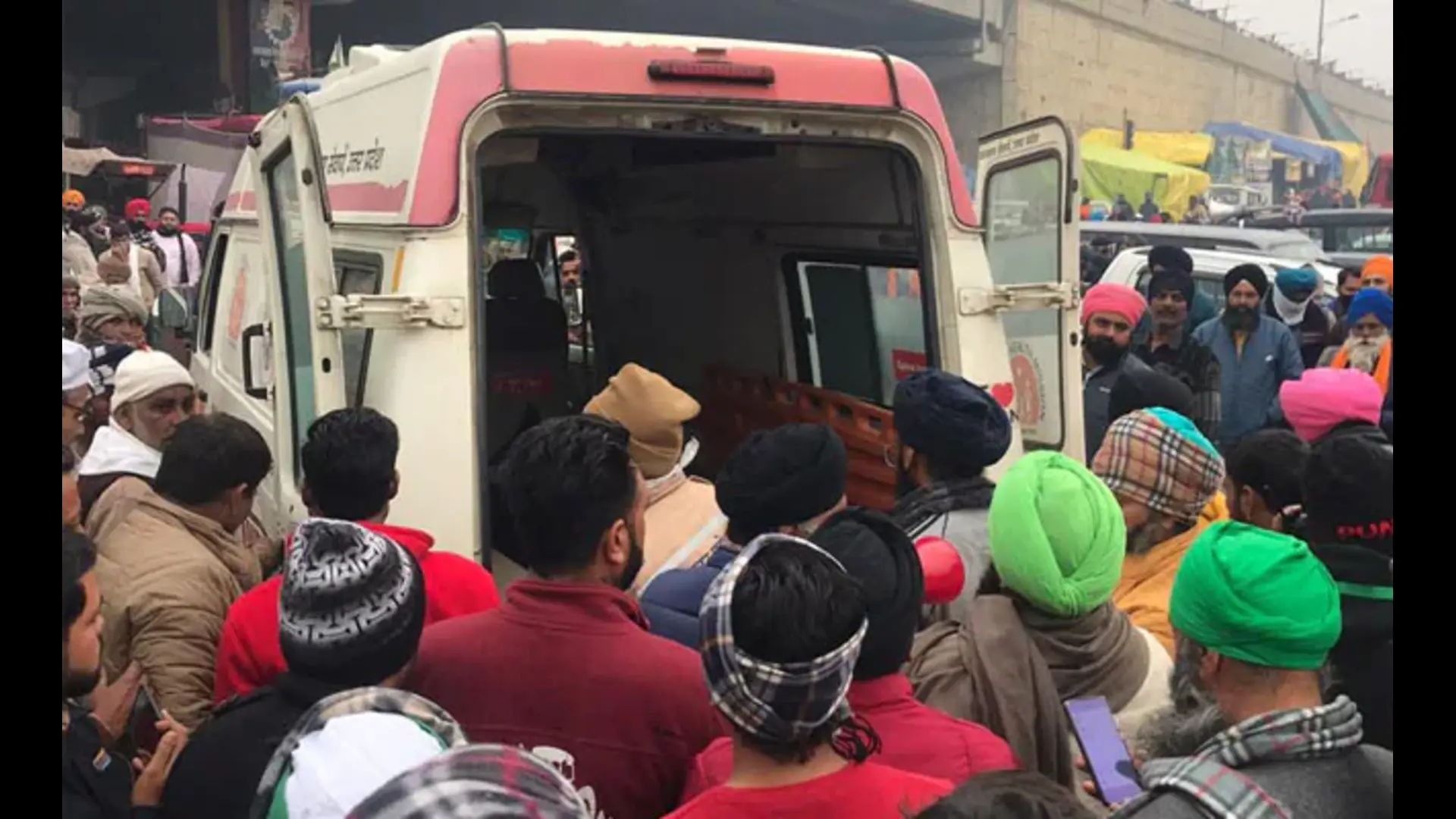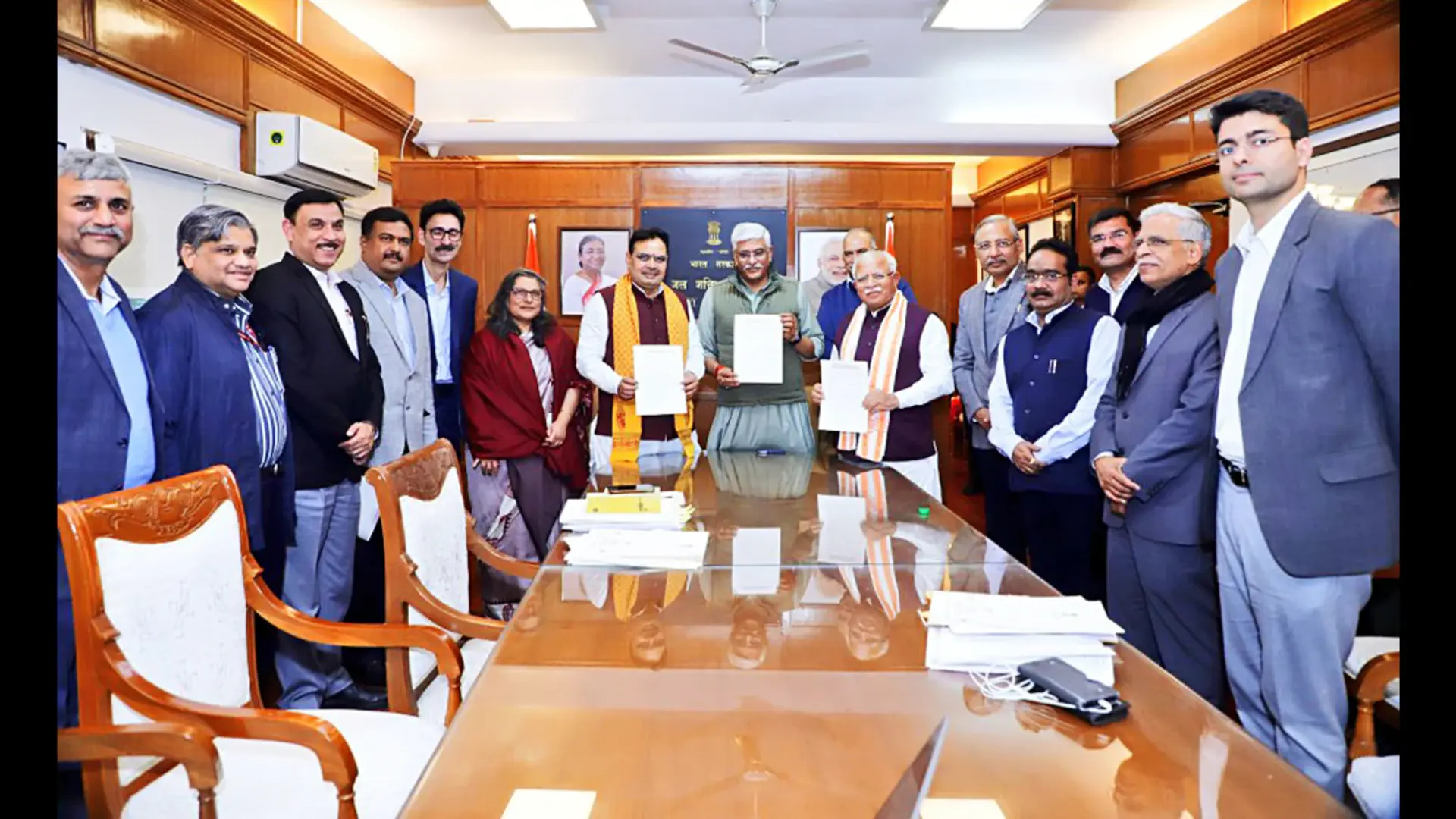Teachers from Kendriya Vidyalaya (KV) as well as from Central universities (CU) have been waiting for the implementation of judicial orders on conversion of CPF to ‘GPF with Pension’. Cases have been piling in several High Courts and also in the Supreme Court. The argument on an oft-repeated logic dulls and darkens the corridors of these mighty castles of justice dispensation. As bureaucracy does not have to spend from its pocket for all this superfluous litigation mostly transferred from lower courts and the Central Administrative Tribunals, all up to the Supreme Court, it is unmoved with the idea of ethics and morality in playing with law. A starved judiciary with only 19.78 judges per million population (in contrast, the US has 150 per million) as brought out in 2019 by then MoS P.P. Choudhary in the Lok Sabha is a reason enough to slap litigation costs of ‘drag litigation’ upon administrative heads of institutions. The Ministry of Human Resource Development (Now the Ministry of Education), the UGC and the blameworthy Vice Chancellors of Central universities need to be roused to this enormous social cost they are imposing upon the nation. The Jawaharlal Nehru University tops the rest in the country on accumulating the largest number of drag cases crossing around 200 in just the previous 4 years with a litigation cost exceeding an unprecedented high of Rs 40 lakh or more. Pensions, retirement benefits, gratuity and leave encashments are not issues on which the administrator needs to push an employee to courts for seeking justice. It is bureaucracy’s default mode now practised with audacity and insensitivity.
Justice Madan B. Lokur and Justice Deepak Gupta had hauled up the government on repeatedly filing appeals on identical questions of law. Their words stir the judicial system’s misuse by an inefficient or intentionally vicious administrator heading an institution of repute, ‘they couldn’t care less and the insouciant attitude of the Union government with regard to litigation has gone a little too far.’ The costs are very high upon the country’s human development index (HDI) which has slipped two places downwards to 131 among 189 countries in the recently published Human Development Report (HDR) 2020. On an already crumbling four pillars of justice dispensation, the courts, prisons, police and legal aid, the advent of frivolous litigation has been devouring the rest. Even if the government fills in all pending vacancies in all courts, this nature of litigation is most likely to blunt higher objectives of courts as much as it would promote fun lawyering in place of cause lawyering which is needed in a country like ours.
The government had enacted the Administrative Tribunals Act 1985 for offloading the judiciary by constituting the Central Administrative Tribunals. The objective of CAT is “to provide for the adjudication or trial by Administrative Tribunals of disputes and complaints with respect to recruitment and conditions of service of persons appointed to public services and posts in connection with the affairs of the Union or of any state or of any local or other authority within the territory of India or under the control of the Government of India or of [any corporation or society owned or controlled by the Government in pursuance of Article 323A of the Constitution] and for matters connected therewith or incidental thereto”. However, the CAT verdicts are repeatedly dragged on as appeals to higher courts. The case of transition of CPS to GPS with pension is worthy enough for lessons in the art of fun litigation where administrators are caught up in dumb charades.
The Central government employees, who were governed by the CPF scheme, had been given options to switch over to the GPF scheme. Prior to the 4th Central Pay Commission, the last such option was extended by way of Office Memorandum (OM) dated 6 June 1985,which was issued by the Department of Personnel and Training ((DOPT). The 4th CPC recommended that all CPF beneficiaries, in service on 1 January 1986, should be deemed to have switched over to the GPF scheme on that date, unless they specifically opted to continue under the CPF scheme. The CAT judgement in case of S.K. Verma and others of 2014 had directed administrative authority to disburse, to the petitioner, arrears, which would become due as a result, within a period of four weeks from the date of receipt of a certified copy of this judgement. Several cases similar to this have reiterated in their judgements and directions the need to treat these cases on urgency and to disburse according to the “GPF with pension” and to calculate as per the financial implications on the date of the employee retirement. The Ministry of Education could take that long to decide on its personnel who have paid regular income tax to the nation as a disciplined citizen. Senior professors and KV teachers wait for deliverance despite a supporting verdict in their favour.
In 2018 the NITI Aayog had recommended that all tribunals should be merged and rationalised to increase efficiency and reduce pendency of cases, but will this have any effect upon a recalcitrant administrator? A large number of direct recruits to the IAS have been approaching the state government against its order for giving promotion to state civil service officers. The steel frame system may soon push the approaching administrators to courts and to an avoidable administration.
The law may play a crucial role in building a nation but ethics, morality and integrity plays a wider role that brings the much required flywheel to the stagnation of law. The Supreme Court has already directed the government to become a responsible and an efficient litigant or it may act against its own mandate of protecting the rights of citizens and denying them speedy justice dispensation. Many senior judges have also accused the so-called ‘industry of PILs’ to have sucked out the valuable time of the judiciary, delayed justice and generated avoidable litigation.
Most cases of personnel administration can be resolved at the executive level. There are a number of agencies which play crucial roles in this process such as the Kendriya Vidyalaya Sangathan, the University Grants Commission (UGC) and the Ministry of Education. An employee of the government needs respect and need not be pushed to courts after retirement just because some administrators wish to be on the right side of the government. The government itself should be bold enough to take immediate steps to clear the causes of clutter at the altar of the judiciary if this institution is to be conserved for the welfare of future generations. A few initiatives in the direction of a more efficient, ethical and sensitive administrative system are needed as the nation transits from an ominous 2020 to a better 2021.
The writer is a former professor of Administrative Reforms & Emergency Governance, JNU. The views expressed are personal.
The Central government employees, who were governed by the CPF scheme, had been given options to switch over to the GPF scheme. Prior to the 4th Central Pay Commission, the last such option was extended by way of Office Memorandum (OM) dated 6 June 1985,which was issued by the Department of Personnel and Training ((DOPT).

